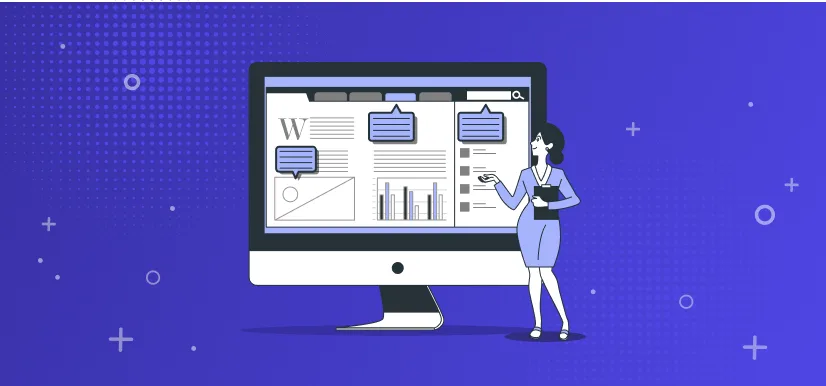Continuous Delivery
What Is Continuous Delivery
Continuous delivery is a software development practice where code changes are automatically prepared for release to production. This means that every code change is built, tested, and ready to be deployed to customers at any given time.
The main benefits of implementing continuous delivery include the ability to rapidly and reliably deliver features to customers, reduce the risk of introducing bugs and malfunctions, and improve efficiency by automating manual processes.
To achieve continuous delivery, teams must set up an automated pipeline for their code changes. This usually involves integrating several steps, such as building the code, running tests, and deploying to various environments for further testing before ultimately releasing to production. These steps can also be configured to trigger based on certain events or triggers, such as a code committed to a version control system.
By continuously delivering small, incremental changes rather than large batches, teams are able to get feedback and make adjustments as needed quickly. This also allows for more flexibility in responding to customer needs and market changes.
Implementing continuous delivery requires a shift in mindset from traditional software development processes. It involves collaboration between all team members and a strong focus on automation and testing at every stage. However, the benefits of being able to deliver high-quality software rapidly make it a valuable practice for any organization aiming to stay competitive in today’s fast-paced market.
What Differentiates Deployment and Release in Continuous Delivery Pipeline
Deployment and release, while related, are not the same in a continuous delivery pipeline. Deployment refers to the actual process of getting new code changes into a production environment. Release, on the other hand, is the act of making those changes available to end users.
In essence, deployment happens first, and release may follow if all necessary checks have been completed (such as testing and approval by stakeholders). However, it is also possible for deployments to occur without a corresponding release. This could happen in cases where a hotfix needs to be implemented quickly in production without user-facing changes or when releasing features gradually through techniques such as feature flags.
Overall, it’s important to understand the distinction between deployment and release in a continuous delivery pipeline in order to track and manage the progress of code changes accurately.
What Is the Difference Between Continuous Delivery and Continuous Deployment
Continuous delivery means that teams are able to release software updates frequently, but they still have human intervention and approval before the update is actually deployed. On the other hand, continuous deployment means that releases are automatically deployed without any human intervention or approval.
One key difference between these two practices is the level of risk involved. With continuous delivery, there is less risk because a team member can still reject a release if it poses any potential issues. However, with continuous deployment, releases are automatically deployed without any opportunity for rejection, making it a higher-risk practice.
Another difference lies in how quickly updates are made available to end users. With continuous delivery, releases may not happen as frequently because there is a manual approval process in place. With continuous deployment, releases happen much more quickly because they are automatically deployed.
Ultimately, the decision to use either continuous delivery or continuous deployment depends on the organization's risk tolerance and the type of software being released. While both practices aim to improve a team's release process, it is important to carefully weigh the pros and cons before implementing one or the other.
What Does the Continuous Delivery Pipeline Enable
The continuous delivery pipeline enables organizations to consistently and reliably release software updates. By automating the processes involved in building, testing, and deploying code, teams can quickly and efficiently push out changes without manual intervention or error.
Through this automation, teams are able to deploy multiple times a day instead of waiting for scheduled release dates. This allows for faster response to customer feedback and the ability to rapidly iterate on products. The pipeline also ensures that all code is properly tested before being pushed out, reducing the likelihood of bugs or other issues.
With a well-implemented continuous delivery pipeline, organizations can improve their time to market and increase overall efficiency in software development. This helps them stay competitive in today’s fast-paced technology industry.
Ultimately, the continuous delivery pipeline allows for a smoother and more streamlined release process, leading to improved productivity and customer satisfaction.
What Are the Benefits of Continuous Delivery
Continuous delivery is a software development practice where code changes are continuously tested and deployed to production at any time. It offers numerous benefits, including:
Improved efficiency for development teams. By automating the deployment process, teams can focus on building new features rather than spending time on manual deployment tasks.
Faster feedback from customers. Smaller, more frequent deployments allow for quicker testing and validation from real users, leading to better end products.
Greater flexibility in making changes. The ability to quickly deploy updates allows for more agile decision-making and problem-solving.
Higher reliability in production environments. With automated testing in place, there is less risk of introducing errors or bugs into live systems.
Overall, continuous delivery helps to streamline the development process, leading to better products and happier customers.
Get a weekly roundup of Ninetailed updates, curated posts, and helpful insights about the digital experience, MACH, composable, and more right into your inbox

